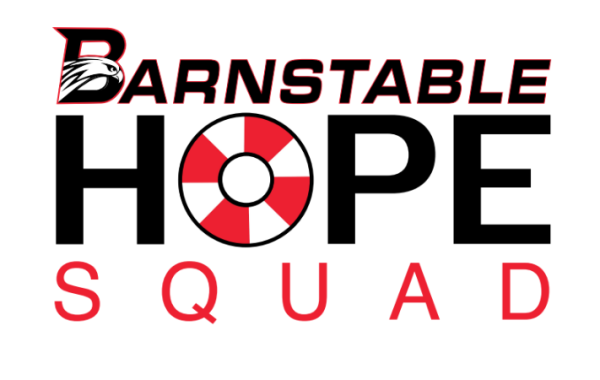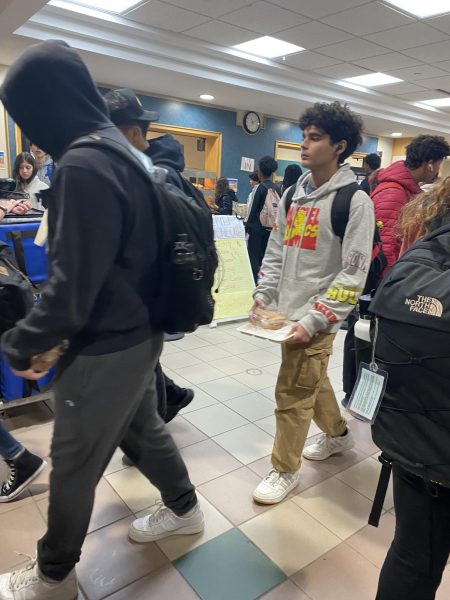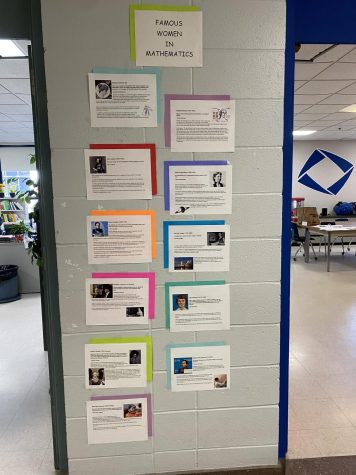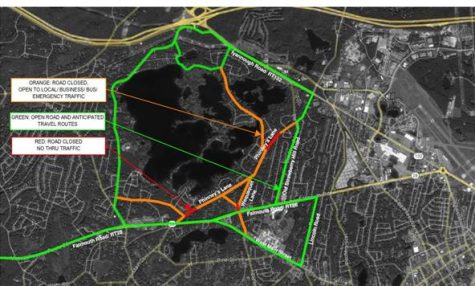Layers of Homelessness
April 4, 2018
“You could be sitting next to a student living in a transitional shelter or a hotel and you wouldn’t even know,” said House C guidance counselor Brian Wanat.
According to the Barnstable Police Department, roughly 400 homeless people have been identified in Barnstable at one time or another throughout the year–many are elderly, but also many include youth. Although there are many misperceptions of homelessness, it directly affects our community within and beyond BHS. Under the McKinney-Vento Homeless Assistance Act students’ rights to school enrollment, class attendance, and full participation in all school activities are protected in the United States. Wanat explained how all students regardless of housing situation are treated fairly and are able to receive necessary help. He also urges students to notify their guidance counselor if their housing situation shifts.
However, “The demographics of the homeless population are changing, there are more elderly which is reflective of the larger elderly population across Cape Cod,” said Sergeant Jennifer Ellis. Oftentimes homelessness roots from drug/alcohol abuse, mental illness, or financial hardship. Yet, there are many different “layers of homelessness,” explained Officer Brian Jenkins.
“There are different types of homelessness. Homeless is more than people walking around downtown Hyannis and sleeping at the shelter – there are homeless people that live out of their cars; homeless people that live outside; homeless people that couch surf; homeless people that live with friends; homeless people that stay in hotels; homeless people that stay in temporary shelters; homeless families…,” said Ellis. “The faces and layers of homelessness are multiple and complicated. There is no definitive number of layers.”
Officer Jenkins and Sergeant Jennifer Ellis are part of the Barnstable Police Department’s Community Impact Unit. “It is a relatively new unit established 4 years ago to deal with the homeless,” said Lt. Mike Clark. Clark articulated that it is a street outreach team composed of the police and other agencies who collaborate and work to problem solve different situations and manage a population which oftentimes includes mental illness and addiction issues. The community impact unit interacts with the homeless everyday and works diligently to assist those in need.
“A major misperception I’ve encountered is that there aren’t enough resources for the homeless,” said Officer Jenkins, “However, there is an overwhelming amount of [outreach workers and social service agencies], breaking their backs working day and night to help.”
This winter, in response to dangerous weather conditions, the police department funded rooms at local hotels to aid the homeless during the frigid temperatures. They housed nine people who had nowhere else to stay because there wasn’t enough space to accommodate such large numbers within the shelters and some homeless were banned from shelters due to issues with rule following. The police immediately took action and addressed the housing issue.
“Either that or they were going to freeze to death,” said Ellis.
“If I had to describe my experiences with the homeless in one word it would be ‘unpredictable.’” said Jenkins, “Each interaction is different there are some people I see everyday who will give me a high five or a thumbs up, but other times I deal with a variety of personalities”










